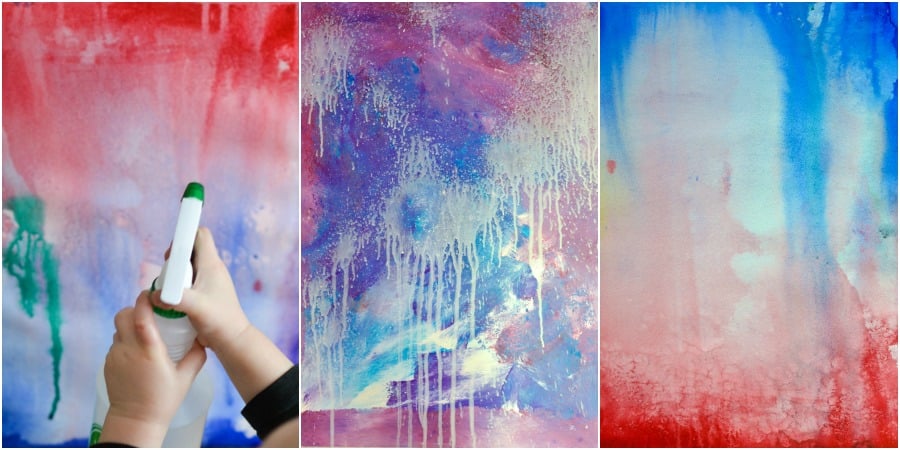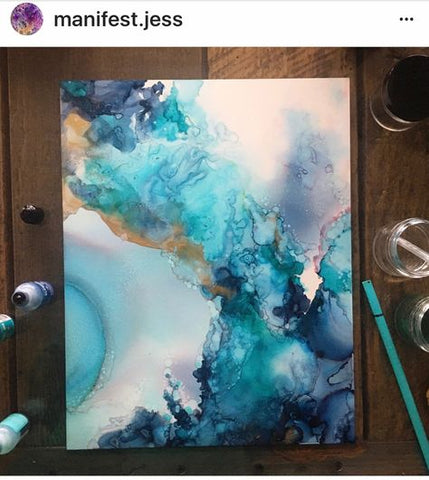Water Colour Painting Tips and Tricks: If any one ask me to give some tips and tricks for water colour painting then I'll give them these tips.
For painting the things that you will need, means the common things are,----
- A block of Arches cold press watercolor paper (140lb, size 16″ x 12″)
- Painting palette for watercolor paints
- 2 containers of water
- Paper towels or a rag
- Rubber cement pick-up (2″ x 2″) or a normal eraser
so these are the common things that you basically use for your water colour painting. But here I am giving some extra things that will help you to create new and extra ordinary art piece.
- Spray bottle with clean water
- Salt
- Alcohol (90%+ isopropyl alcohol)
so you might be thinking that what is the use of these materials on water colour.
Let's find out.......
If you apply salt on water colour painting then it will absorb the colour and give you a very fine textured art.like this...
Next if you sprey on you painting with clear water when your painting is wet then it will look like this...
If you apply alcohol on your art piece then this will happen....
Next there is a very special thing that you can use. That is a blow dryer or hair dryer.
If you blow dry your painting when it is wet then you will get two benefits .Very firstly the picture will dry very quickly, and secondly it will give a different texture,just like this picture...
You can also use a Grumbacher’s Miskit Liquid Frisket on your master piece. It will help you to have paper white texture which will define the lights..Just like this..
OK, guys that's all for this blog.Use these materials on your art to have a beautiful master piece..






This page is really very helpful...........
ReplyDelete